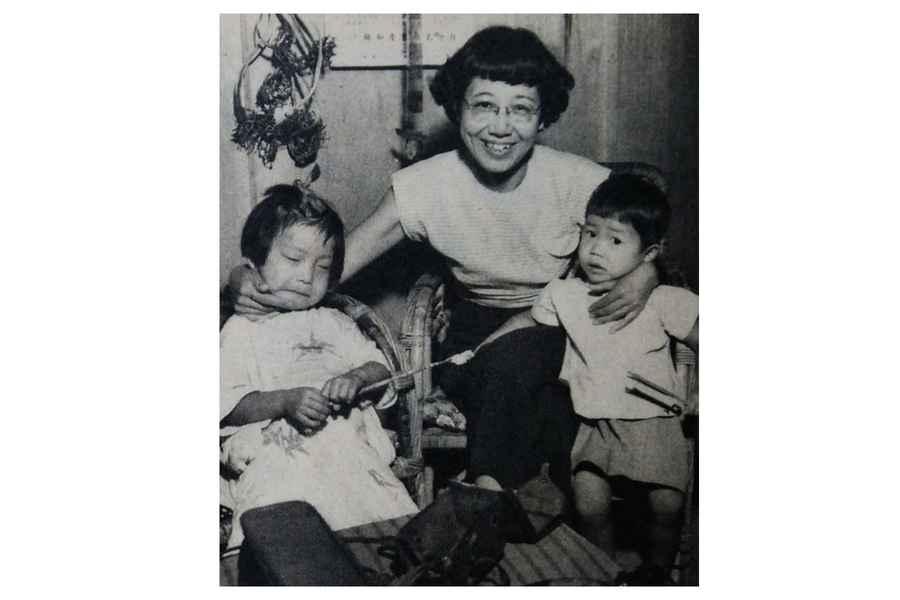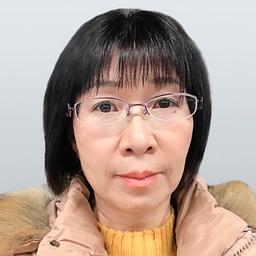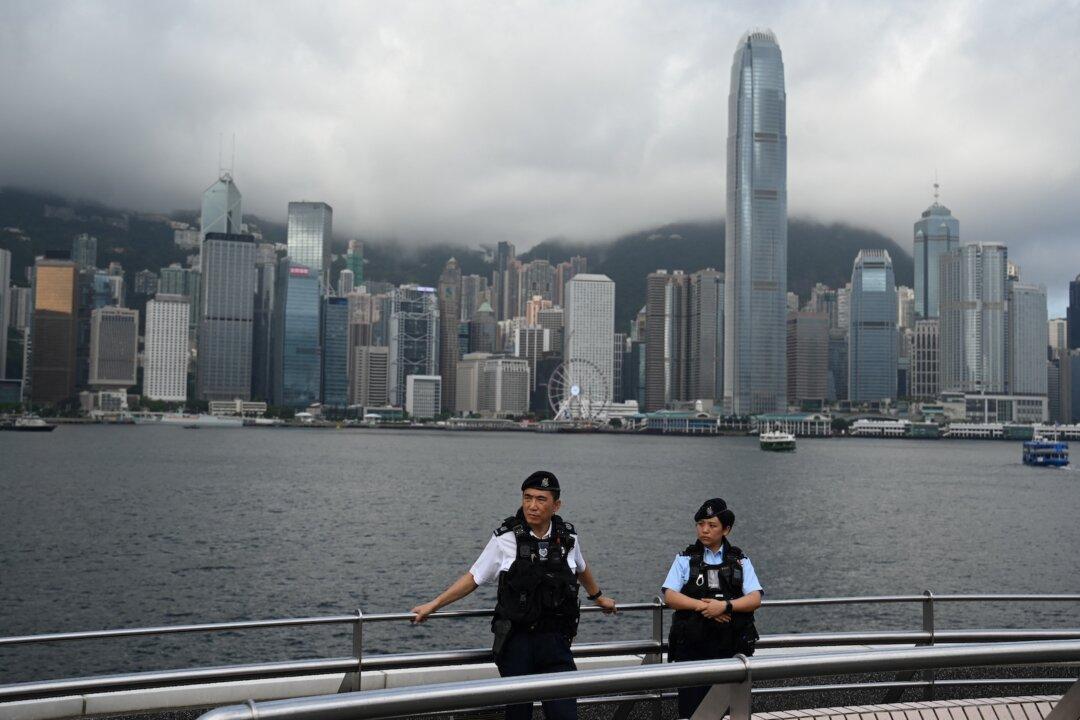Tsuneko Sasamoto, Japan’s first female photojournalist, died on Aug. 15 at the age of 107. Sasamoto was the recipient of a Lifetime Achievement Award presented by The Lucie Awards, the Oscars of her chosen profession. The acclaimed photographer believed the secret to her long life was maintaining a positive outlook and paying attention to her daily diet.
Born in Tokyo in 1914, Sasamoto first aspired to become a painter, beginning her career as a part-time illustrator for a local newspaper. In 1937, a black-and-white film by Man Ray sparked her interest in photography. In 1940, during the China-Japan War, she joined the Photographic Society of Japan, officially becoming the country’s first female photojournalist.




